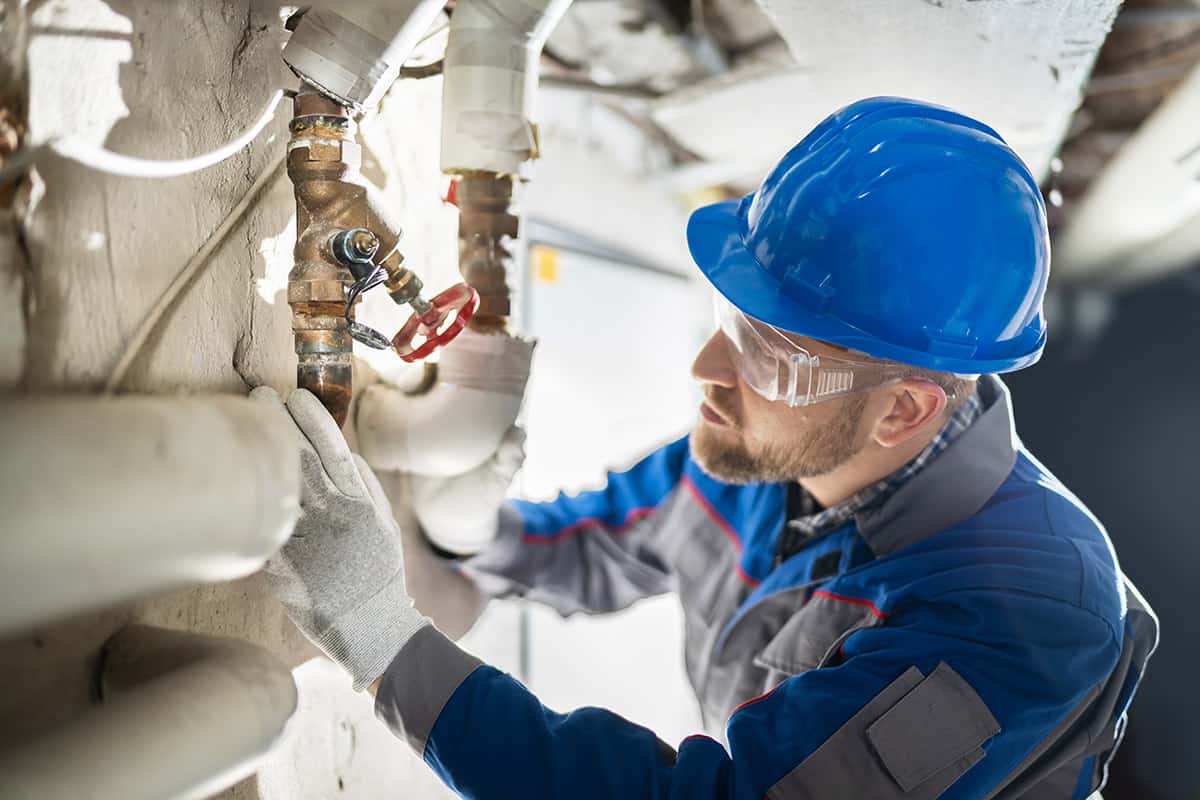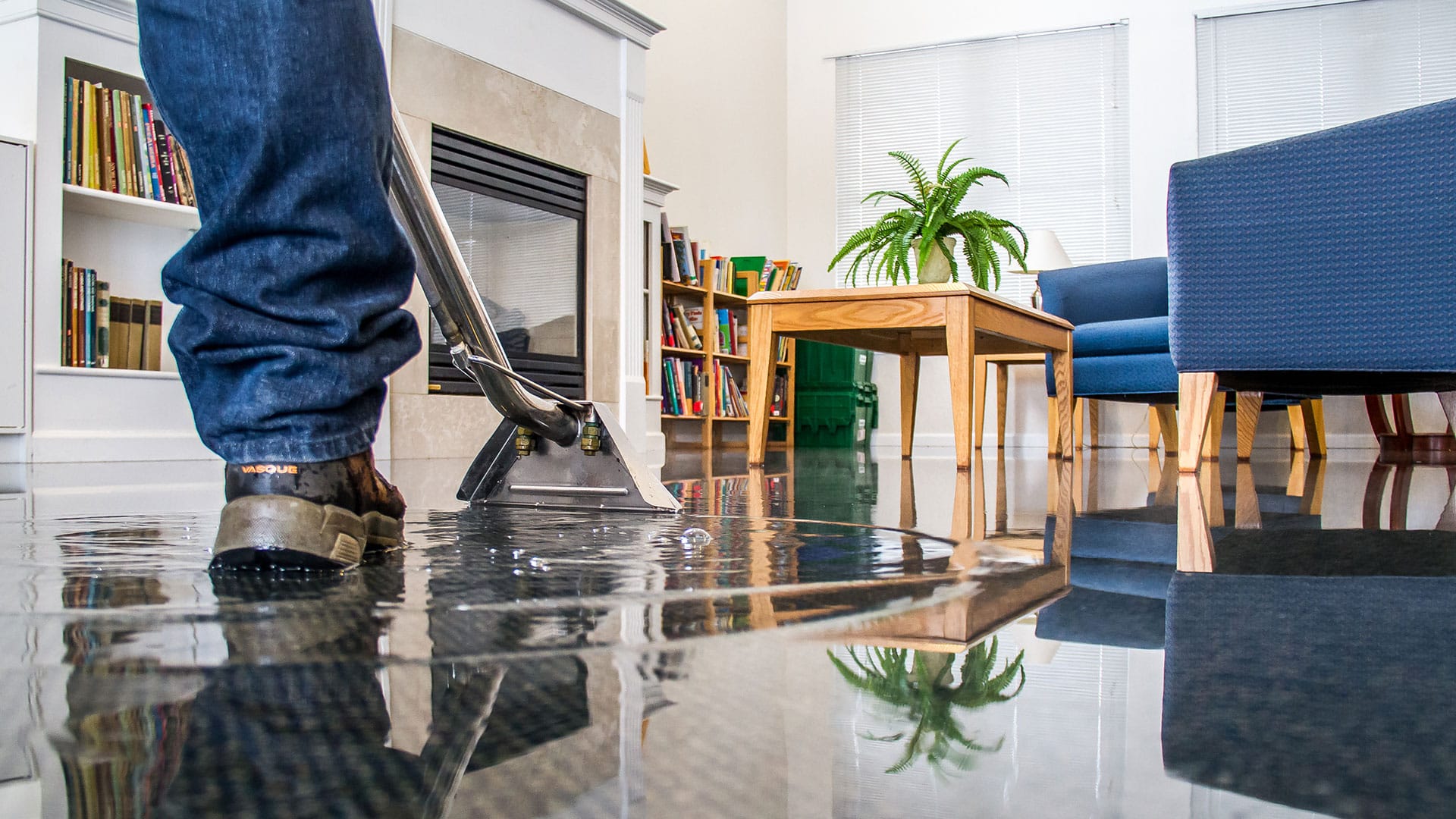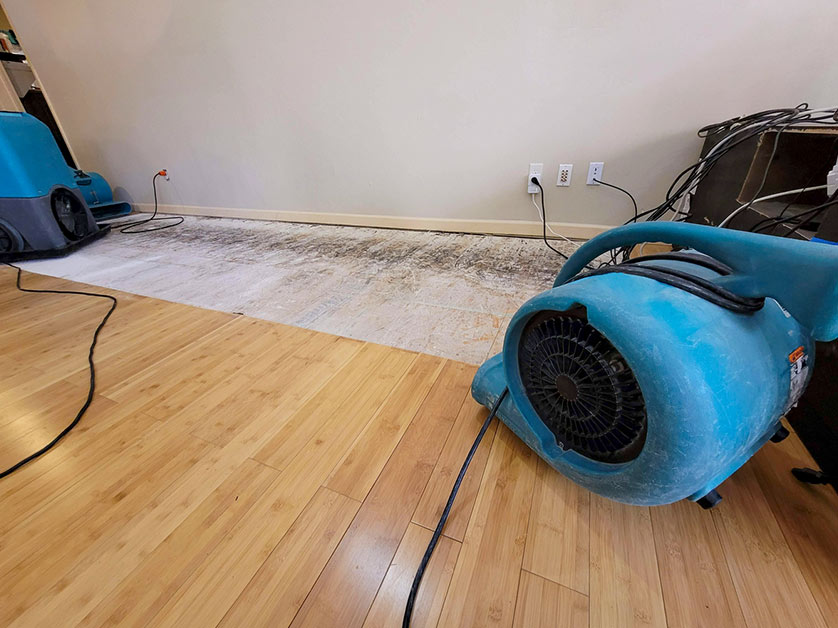What to expect when you schedule Flood Cleanup Services
Water Damage Restoration 101: Comprehending the Process and Expense
Water damage can strike suddenly, leaving house owners in a state of confusion. Understanding the reconstruction process is necessary for efficient healing. From evaluating the damage to choosing the best company, each step influences the total result and cost. Aspects such as the kind of water damage and urgency also play a significant duty. What are the certain methods made use of in restoration, and exactly how can one get ready for potential costs?
Kinds Of Water Damage
Water damage can develop from numerous sources, each presenting special challenges for restoration. The 3 key kinds of water damage are classified based on contamination degrees: clean water, grey water, and black water. Tidy water stems from resources like damaged pipelines or rain, presenting very little health and wellness dangers. Gray water, which includes wastewater from sinks or cleaning devices, contains pollutants that might create discomfort or disease if consumed. Black water, the most harmful category, comes from sewer or floodwaters, including unsafe germs and virus. Each kind demands details reconstruction strategies and safety actions to effectively address the damage and alleviate wellness risks. Recognizing these differences is vital for experts and house owners associated with the water damage repair process.
Preliminary Analysis and Inspection
A complete initial analysis and assessment are important actions in the water damage restoration process. This phase starts with an expert examining the level of the damage, identifying the source of the water invasion, and determining the kind of water entailed - Flood Cleanup Services. Service technicians utilize specific tools to gauge moisture levels in various materials, such as walls, floorings, and furnishings. Additionally, they assess architectural stability and potential carcinogen, including mold and mildew development. The findings from this evaluation inform the remediation plan, leading necessary actions and resource allotment. Exact paperwork of the damage is essential for insurance policy claims and future referral. Generally, this preliminary analysis lays the groundwork for effective repair, guaranteeing a comprehensive reaction to the particular scenario at hand

Water Extraction Strategies
Adhering to the preliminary assessment, reliable water removal methods are used to reduce damage and avoid additional concerns. These strategies involve making use of customized devices such as submersible pumps and industrial-grade vacuum cleaners. The choice of approach depends upon the quantity of water existing and the type of products affected. For standing water, submersible pumps are commonly utilized for fast removal, while vacuums are suitable for drawing out water from carpetings and furniture. Furthermore, advanced techniques like water removal floor coverings might be employed for hard-to-reach locations. The goal is to get rid of as much water as possible, reducing the potential for mold growth and structural damage. Trigger and reliable water extraction is crucial in the general water damage remediation process.
Drying Out and Dehumidification Process
As soon as the water extraction is total, the drying out and dehumidification procedure ends up being essential to recovering the damaged location. This phase normally employs industrial-grade dehumidifiers and air moving companies to effectively reduce dampness levels. The dehumidifiers reel in wet air, removing excess humidity, while air movers circulate air to speed up dissipation. Surveillance equipment is frequently used to track moisture and temperature levels, guaranteeing excellent drying problems. The duration of this procedure can differ depending upon the extent of the water damage and ecological factors. It is necessary to completely completely dry all influenced materials, including walls, flooring, and furnishings, to avoid mold development and structural damage. Appropriate implementation of this action is important for an effective repair result.
Cleaning Up and Disinfecting Damaged Areas

Preliminary Evaluation and Examination
Prior to beginning any reconstruction efforts, a detailed initial analysis and assessment of the impacted locations are important for efficient cleaning and disinfecting. This procedure entails identifying the level of water damage, figuring out the source of the water breach, and examining the products influenced. Examiners typically search for signs of mold and mildew growth, architectural integrity concerns, and harmed personal belongings. The assessment additionally includes examining moisture levels using specific devices to assure no covert water pockets remain, as these can cause further complications. Recording the findings is essential for preparing the following action in the repair process. An in-depth first analysis enables repair experts to develop a targeted approach for efficient cleansing and sanitizing, eventually reducing damage and health threats.
Cleaning Strategies and Products
Effective cleaning and disinfecting of water-damaged locations need a range of strategies and items customized to the particular materials influenced. For porous surfaces like drywall and carpeting, removal methods are vital to remove excess wetness, adhered to by deep cleaning with specialized detergents. Non-porous materials such as tile or steel can be cleansed making use of commercial-grade cleansers that properly get rid of impurities. Heavy steam cleansing is another efficient strategy, specifically for carpets and upholstery, as it makes use of high temperature levels to remove bacteria and mold. In addition, environmentally friendly products are progressively popular for their safety and efficacy. Inevitably, choosing the ideal cleansing approaches and products not only assures instant cleanliness but likewise aids in protecting against additional damage and carcinogen linked with water intrusion.
Sanitization and Disinfection Techniques
When attending to water damage, appropriate sanitization and disinfection techniques are vital to ensure the safety and security and health and wellness of the afflicted environment. After first cleaning, surfaces have to be treated with ideal disinfectants to remove virus, mold, and germs that prosper in damp conditions. Common approaches consist of the usage of EPA-approved chemical disinfectants, which can be applied through splashing or wiping techniques. In addition, ultraviolet (UV) light systems can properly sterilize locations by reducing the effects of microbes without severe chemicals. The selection of approach typically depends upon the kind of materials influenced and the extent of contamination. Eventually, thorough sanitization not just brings back a safe space yet also assists prevent future health dangers connected with lingering dampness and mold and mildew development.

Fixings and Restoration Options

Variables Affecting Restoration Prices
The degree of water damage straight affects the remediation sets you back homeowners can expect to incur. Aspects such as the source of the water, the period of exposure, and the affected products significantly affect prices. Tidy water damage from a busted pipeline is normally less expensive to bring back compared to damage triggered by sewer (Flood Cleanup Services). Additionally, the level of contamination dictates the requirement for specialized cleansing and disposal solutions, even more increasing expenses. Geographic area additionally plays a role, as regional labor prices and availability of repair services can vary. The seriousness of the reaction affects prices; quicker treatments normally lead to decrease overall costs by preventing further damage. Understanding these elements is vital for property owners when approximating remediation prices
The 3 primary kinds of water damage are categorized based on contamination degrees: tidy water, grey water, and black water. A detailed first assessment and inspection are essential actions in the water damage restoration process. For standing water, submersible pumps are normally used for rapid removal, while vacuums are excellent for removing water from carpets and upholstery. The level of water damage directly impacts the remediation sets you back homeowners can anticipate to sustain. Clean water damage from a broken pipeline is generally less pricey to bring back contrasted to damage triggered by sewage.